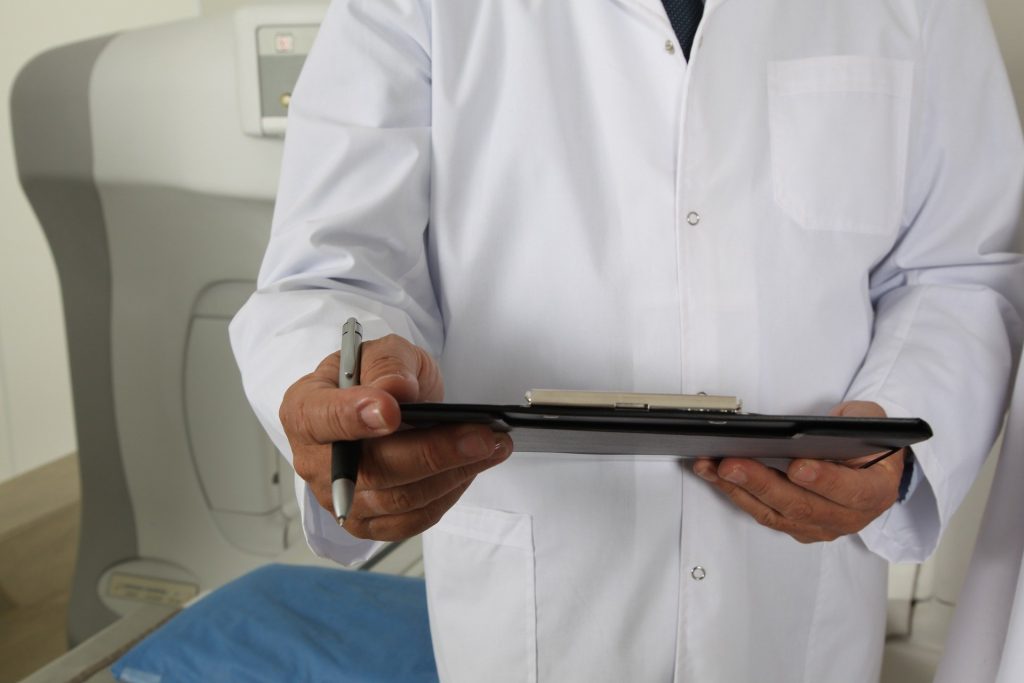Sharp Spike Seen in Emergency Visits for Life Threatening Pregnancy Complication
Findings suggest significant increase in emergency department utilisation for hypertensive disorders of pregnancy over 14 year span

Hypertensive disorders of pregnancy, the second leading cause of maternal deaths worldwide, may be sending a significantly higher number of pregnant people to the emergency department. Between 2006 and 2020, researchers found a surge in emergency visits and admissions for the condition that causes serious maternal and neonatal complications and accounts for 6.3% of all pregnancy-related deaths in the United States.
The study, which appears in JAMA Network Open, also suggests greater emergency utilisation for the disease among underrepresented racial and ethnic groups.
“Hypertensive disorders of pregnancy often develop suddenly, even in healthy women, and symptoms may appear without warning and progress rapidly,” said senior author Erica Marsh, MD, professor of obstetrics and gynaecology at the University of Michigan Medical School and chief of the division of reproductive endocrinology and infertility at U-M Health Von Voigtlander Women’s Hospital, of Michigan Medicine.
“Ideally, this risk would be detected during prenatal care and lead to early intervention. Our study indicates more people turning to the emergency department, which may reflect a higher prevalence of the condition or an increased awareness for prompt assessment and treatment.”
Hypertensive disorders of pregnancy, which could include preeclampsia, gestational hypertension, and eclampsia, are serious complications that involve elevated blood pressure.
The American College of Obstetricians and Gynecologists recommends management of severe blood pressure in pregnancy within 30 to 60 minutes of diagnosis to prevent complications such as stroke, myocardial ischaemia, seizure, placental abruption, and maternal and neonatal mortality.
Disparities in ED reliance, disease severity
Researchers analysed nationally representative data, finding a 76% increase in emergency encounters related to the condition over the 14-year span, up from 31 623 to 55 893, and nearly 1.5 times as many ED admissions – up from 17 338 to 43 563.
Concerns about costs, time constraints, misconceptions about the necessity of early care or barriers to accessing prenatal care may be possible factors for the increase, authors say.
“The disparities in reliance on emergency rooms for this disease may imply limited access to timely outpatient care or other health system barriers,” said lead author Courtney Townsel, MD, MSc, who was at Michigan Medicine at the time of the study and is now at the University of Maryland.
Black, Hispanic, and Asian or Pacific Islander groups were also more likely to both utilise emergency care and be admitted to the hospital for hypertensive disorders of pregnancy.
“The disproportionate rate of admissions among certain racial and ethnic groups suggests worse disease severity by the time people seek care,” Townsel said.
“Racial differences in emergency care utilisation for hypertensive disorders of pregnancy underscore the ongoing racial disparities in US maternal morbidity and mortality and highlight a critical need for accessible, culturally competent community-level interventions for all.”
Original written by Beata Mostafavi. Republished under a Creative Commons Licence.
Source: Michigan Medicine – University of Michigan





